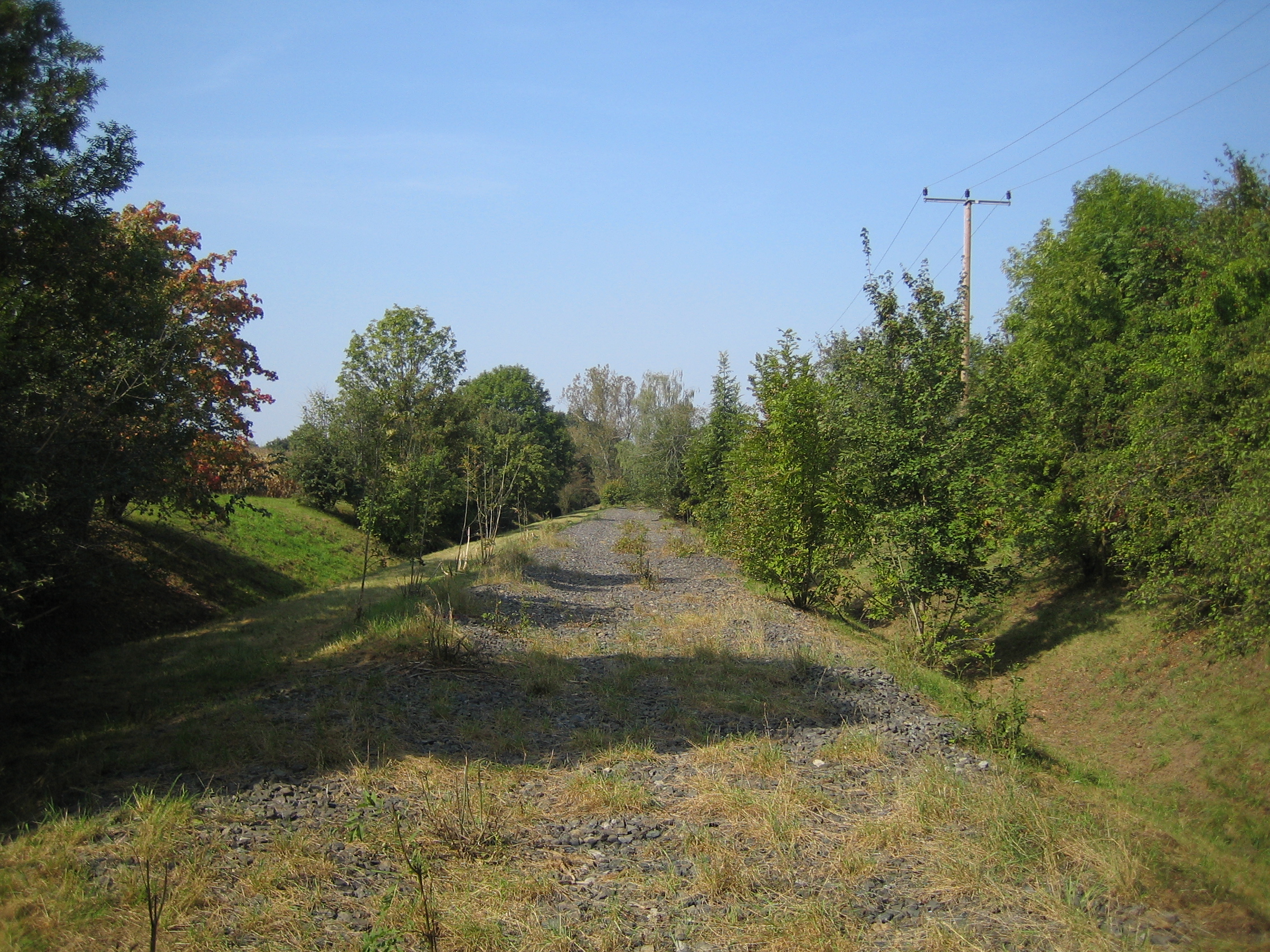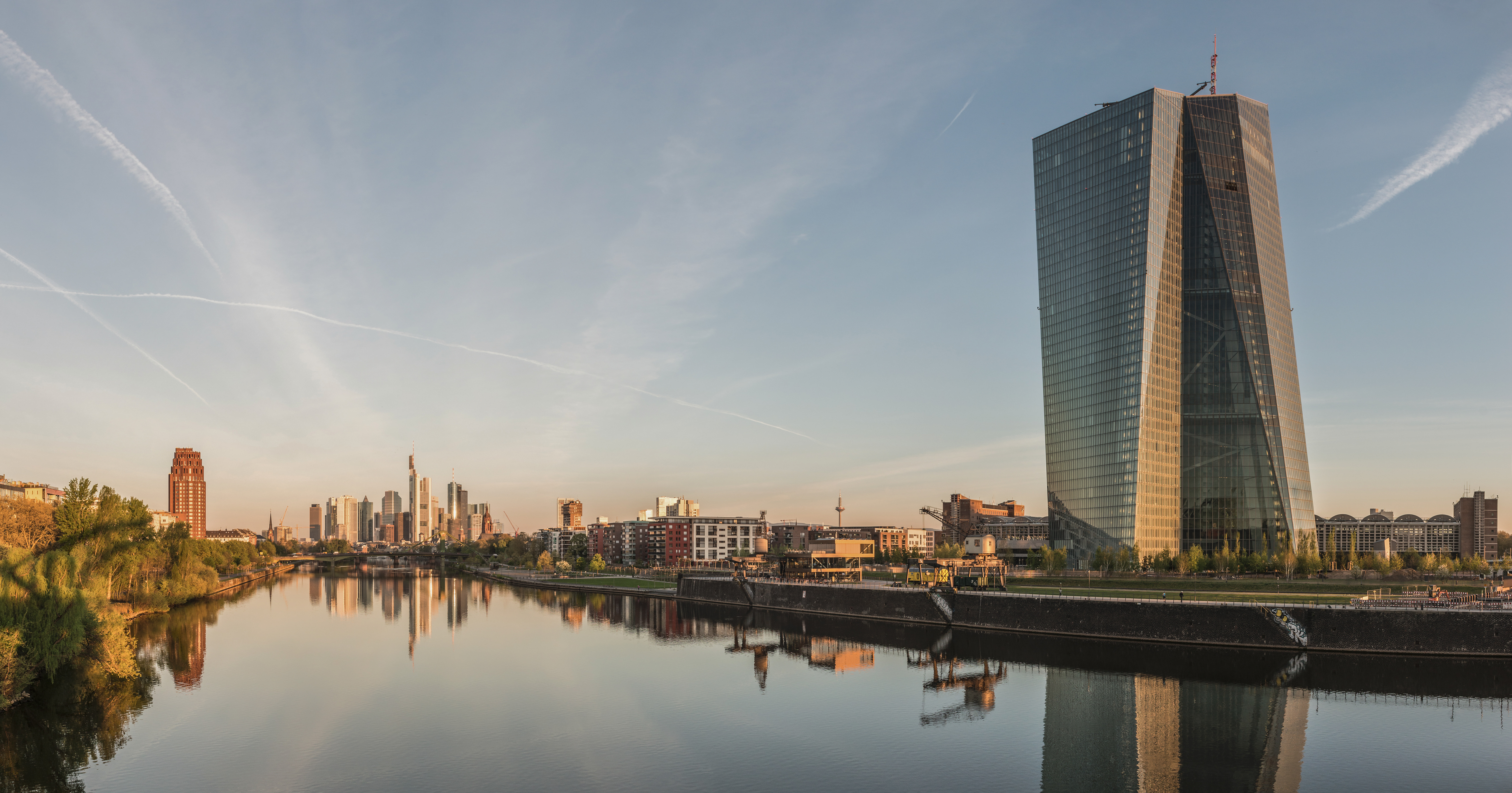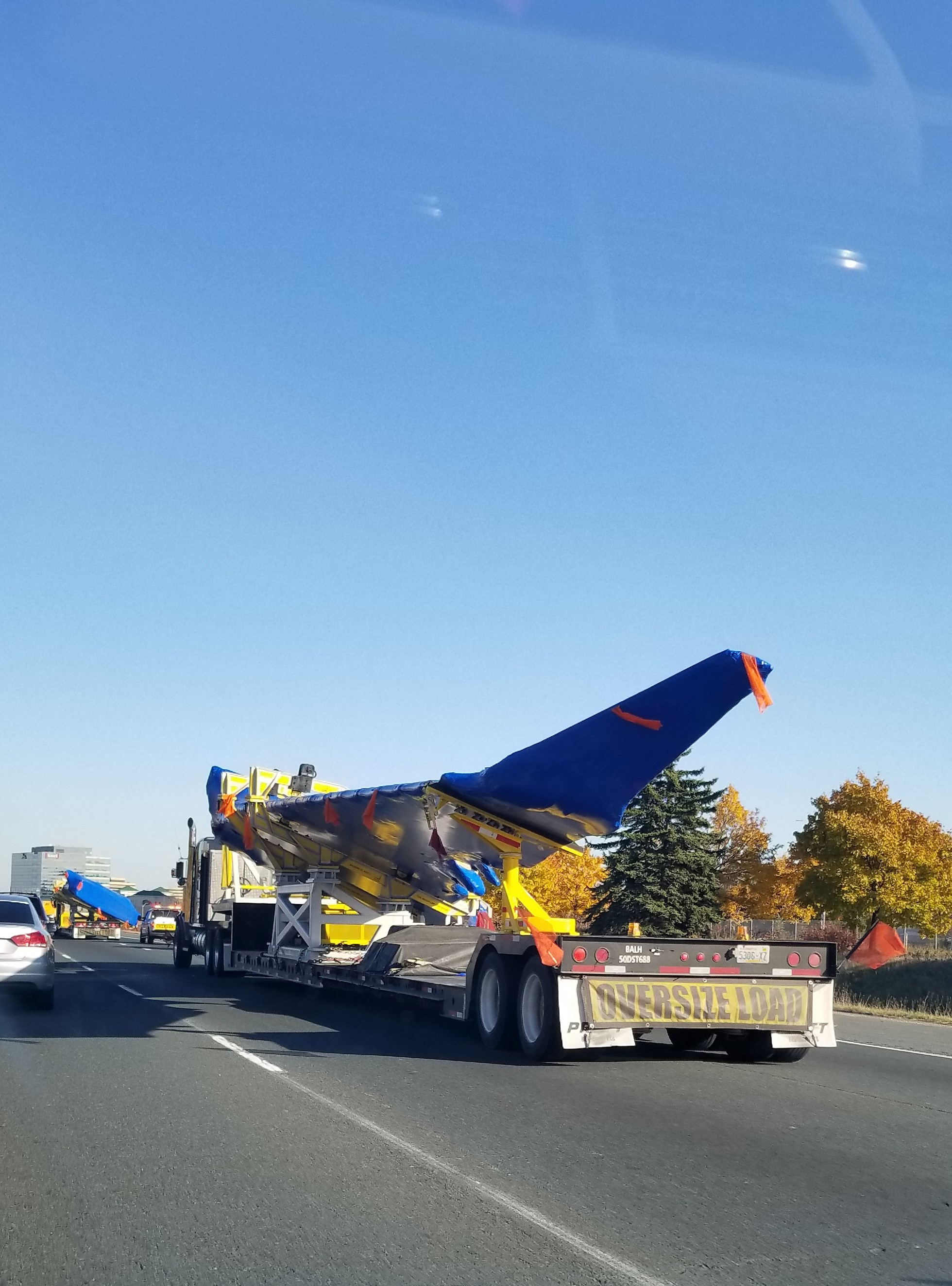|
Schenkendorfstraße
The Schenkendorfstraße is a four- to ten-lane section of the ''Bundesstraße 2 R, Mittlerer Ring'' in Munich. Location The Schenkendorfstraße is located about four kilometers north of the Munich city center in the district Schwabing-Freimann. It runs in a west–east direction from Leopoldstraße to Ungererstraße. Route Coming over the Petuelring from Moosach (Munich), Moosach and Olympiapark (Munich), Olympiapark, Schenkendorfstraße joins the Petuel Tunnel and the intersection with Leopoldstraße. The southern directional lane is guided in a glass enclosure. Then, the junction München-Schwabing of the Bundesautobahn 9, A 9 (Munich – Berlin) follows. After the on and off ramps to Ungererstraße, the Schenkendorfstraße goes into the Isarring. Traffic General The traffic load of the Schenkendorfstraße is 78,000 to 84,000 vehicles per day. Noise pollution at night is 65 Decibel, db(A). Public Transportation Schenkendorfstraße is not directly connected to means ... [...More Info...] [...Related Items...] OR: [Wikipedia] [Google] [Baidu] |
Petuelring
The Petuelring is an approximately 2.2 km long road in the north of Munich and part of the Bundesstraße 2 R, Mittlerer Ring. It runs between Georg-Brauchle-Ring and Schenkendorfstraße. Location The Petuelring is located about four kilometers north of Munich city center. The ring runs in a west–east direction and marks the border between the city districts of Milbertshofen-Am Hart, Milbertshofen and Schwabing-West. The eastern part of the ring runs through the Petueltunnel. The Petuelpark is partly located above this tunnel. Course The Georg-Brauchle-Ring coming from the Olympiapark (Munich), Olympiapark merges into the Petuelring at the tunnelled crossing Lerchenauer Straße (München-Zentrum-Feldmoching-Hasenbergl). The BMW Museum is also located here. After 500 metres, the access ramps to the Petueltunnel, where the Petuelring runs, begin at Riesenfeldstraße. An air raid shelter from 1941 is located here. On the surface, the two single-lane ramps lead to the Schle ... [...More Info...] [...Related Items...] OR: [Wikipedia] [Google] [Baidu] |
Isarring
The Isarring is a four-lane section of the Mittlerer Ring, the '' Bundesstraße 2 R'' (federal highway), in Munich. It is used by 110,000 cars every day and was constructed in 1966. Route The Isarring joins at the Ungererstraße exit onto Schenkendorfstraße. From this intersection-free junction, the Ungererstraße turns into the '' Bundesstraße 11'' as it leaves the city. On the side leaving the city is now, the '' Nordfriedhof''; the ring is lowered at this point. After a right turn, the road leads into the ''Biederstein Tunnel'', whose name derives from the ''Schlösschen Biederstein'' (Castle Biederstein), but which was demolished decades ago. In its place are a dormitory and a retirement home. After the tunnel and a left turn, the ring leads through the ''Englischer Garten'' (English Garden). On the right is the '' Kleinhesseloher See'' (lake) with the restaurant ''Seehaus''. It then follows the ''Tucherpark'' exit, where the road crosses the Isar The Isar () is a ... [...More Info...] [...Related Items...] OR: [Wikipedia] [Google] [Baidu] |
Ungererstraße
The Ungererstraße is a street about 2.5 km long in the Schwabing district of Munich. It leads (parallel to the English Garden) from Leopoldstraße at the Münchner Freiheit in the north-east direction past the Ungererbad and the Nordfriedhof to Freimann past the Studentenstadt to Freisinger Landstraße at the corner of the Frankfurter Ring. In the northern part, west of the road, lies Neuer Israelitische Friedhof. The street's subway stations are: Dietlindenstraße, Nordfriedhof, Alte Heide and Studentenstadt. The Ungererstraße was formerly called ''Landshuter Straße'' and ''Freisinger Landstraße'', before it was renamed after August Ungerer (1860–1921), the engineer and owner of the ''Ungererbad''. In 1886, August Ungerer opened the Ungerer Tramway in the Freisinger Landstraße, which was the first electric tram in Munich to link Schwabing's ''Würmbad'' (today Ungererbad) to the horse-drawn railway network at the Schwabinger Großwirt. In 1895, the Ungererbahn was repl ... [...More Info...] [...Related Items...] OR: [Wikipedia] [Google] [Baidu] |
Bundesstraße 2 R
The Bundesstraße 2R is a German federal highway (''German:'' Bundesstraße) in Bavaria. It forms a ring road within the city of Munich in Bavaria, is long, and suffers the worst traffic-jams in the country. It is called the "Middle Ring" (''German:'' Mittlerer Ring) because of its concentric position between the Altstadtring and the incomplete Outer Ring, as well as being within the Autobahnring. Traffic importance The Middle Ring is the backbone of all traffic in Munich, since it offers the fastest connection to all major traffic axes. It replaced all the Bundesstraßen that ran through the city center, even Bundesstraße 2, after which it is named (the R stands for Ring). Within the Middle Ring, there are only municipal streets. Of the eight Autobahns that go to Munich, six of them have access to the Middle Ring. The A8 to Salzburg), the A9 (to Nuremberg and Berlin) and the A96 (towards Lindau) all have direct access to the Middle Ring. The A94 is connected to the Rin ... [...More Info...] [...Related Items...] OR: [Wikipedia] [Google] [Baidu] |
Metro Station
A metro station or subway station is a train station for a rapid transit system, which as a whole is usually called a "metro" or "subway". A station provides a means for passengers to purchase tickets, board trains, and evacuate the system in the case of an emergency. In the United Kingdom, they are known as underground stations, most commonly used in reference to the London Underground. Location The location of metro stations are carefully planned to provide easy access to important urban facilities such as roads, commercial centers, major buildings and other transport nodes important areas. Most stations are located underground, with entrances and exits leading up to ground or street level. The bulk of the station is typically positioned under land reserved for public thoroughfares or parks. Placing the station underground reduces the outside area occupied by the station, allowing vehicles and pedestrians to continue using the ground-level area in a similar way as be ... [...More Info...] [...Related Items...] OR: [Wikipedia] [Google] [Baidu] |
Metre
The metre (or meter in US spelling; symbol: m) is the base unit of length in the International System of Units (SI). Since 2019, the metre has been defined as the length of the path travelled by light in vacuum during a time interval of of a second, where the second is defined by a hyperfine transition frequency of caesium. The metre was originally defined in 1791 by the French National Assembly as one ten-millionth of the distance from the equator to the North Pole along a great circle, so the Earth's polar circumference is approximately . In 1799, the metre was redefined in terms of a prototype metre bar. The bar used was changed in 1889, and in 1960 the metre was redefined in terms of a certain number of wavelengths of a certain emission line of krypton-86. The current definition was adopted in 1983 and modified slightly in 2002 to clarify that the metre is a measure of proper length. From 1983 until 2019, the metre was formally defined as the length of the pat ... [...More Info...] [...Related Items...] OR: [Wikipedia] [Google] [Baidu] |
Belgradstraße
The Belgradstraße is a 2.0-kilometer-long street in Munich's Schwabing district. It runs in a south–north direction between Kurfürstenplatz and Petuelpark, where it merges into Knorrstraße. The street was named after the Serbian capital Belgrade. Today's appearance The southern part of Belgradstraße is characterized by Neo-Renaissance and Art Nouveau buildings from around 1900. Overall, the Bavarian State Office for Monument Protection lists seventeen historical buildings on the Belgradstraße, from Kaiserstraße to the Unertlstraße the road runs along the protected building complex, Nordschwabing (E-1-62-000-42). The northern part of Belgradstraße, starting from the Scheidplatz, is dominated in the west by Luitpoldpark and Bad Georgenschwaige. At the corner of Belgradstraße to Parzivalstraße is the "ladies club on Luitpoldpark", founded in 1862 by King Maximilian II of Bavaria, which moved in 1956 from the bombed Dragon Castle to the current premises. The northern e ... [...More Info...] [...Related Items...] OR: [Wikipedia] [Google] [Baidu] |
Highlight Towers
Highlight Towers is a twin tower office skyscraper complex completed in 2004 in Munich, Germany, planned by architects Murphy/Jahn of Chicago. Tower I is tall with 33 storeys, and Tower II is tall with 28 storeys, which make them among the highest buildings in the city. The towers are joined by two skyways made of glass and steel. Also in the complex are two low-rise buildings between the twin towers, that serve as a hotel and additional office space. Overall, the facility offers approximately of office space. The towers are slightly shifted in the historic sightline of Odeonsplatz on Ludwigstraße with Victory Gate to the north and form a focal point for visitors coming from the north of the city. Tenants The best known tenants of the buildings are the IT and consulting firms Unify and Fujitsu Technology Solutions, as well as IBM International Business Machines Corporation (using the trademark IBM), nicknamed Big Blue, is an American Multinational corporation, m ... [...More Info...] [...Related Items...] OR: [Wikipedia] [Google] [Baidu] |
Munich North Ring
Munich North Ring (), section of which are only used by freight trains, is a railway bypass on the northern edge of the Bavarian state capital of Munich. The line’s importance for freight also partly arises from its access to the Munich North marshalling yard (''Rangierbahnhof München Nord''). Route The North Ring begins at Olching station and initially runs north from Groebenzell to the Munich district of Allach. There are links with the Munich-Ingolstadt line before the line passes Munich North marshalling yard. Near the marshalling yard's exit tracks there is a connecting curve to Moosach on the line to Laim. Similarly, there is a connection to the Munich–Regensburg railway running to the north. To the east of the marshalling yard, the line runs along the northern edge of the Olympic Village. Passenger services ran to the former München Olympiastadion station, which is located on the line here, during the 1972 Summer Olympics. There are two freight yards on the co ... [...More Info...] [...Related Items...] OR: [Wikipedia] [Google] [Baidu] |
Euro
The euro (currency symbol, symbol: euro sign, €; ISO 4217, currency code: EUR) is the official currency of 20 of the Member state of the European Union, member states of the European Union. This group of states is officially known as the euro area or, more commonly, the eurozone. The euro is divided into 100 1 euro cent coin, euro cents. The currency is also used officially by the institutions of the European Union, by International status and usage of the euro, four European microstates that are not EU members, the British Overseas Territory of Akrotiri and Dhekelia, as well as unilaterally by Montenegro and Kosovo. Outside Europe, a number of special territories of EU members also use the euro as their currency. The euro is used by 350 million people in Europe and additionally, over 200 million people worldwide use currencies pegged to the euro. It is the second-largest reserve currency as well as the second-most traded currency in the world after the United Sta ... [...More Info...] [...Related Items...] OR: [Wikipedia] [Google] [Baidu] |
Prefabrication
Prefabrication is the practice of assembling components of a structure in a factory or other manufacturing site, and transporting complete assemblies or sub-assemblies to the construction site where the structure is to be located. Some researchers refer it to “various materials joined together to form a component of the final installation procedure“. The most commonly cited definition is by Goodier and Gibb in 2007, which described the process of manufacturing and preassembly of a certain number of building components, modules, and elements before their shipment and installation on construction sites. The term ''prefabrication'' also applies to the manufacturing of things other than structures at a fixed site. It is frequently used when fabrication of a section of a machine or any movable structure is shifted from the main manufacturing site to another location, and the section is supplied assembled and ready to fit. It is not generally used to refer to electrical or elect ... [...More Info...] [...Related Items...] OR: [Wikipedia] [Google] [Baidu] |






